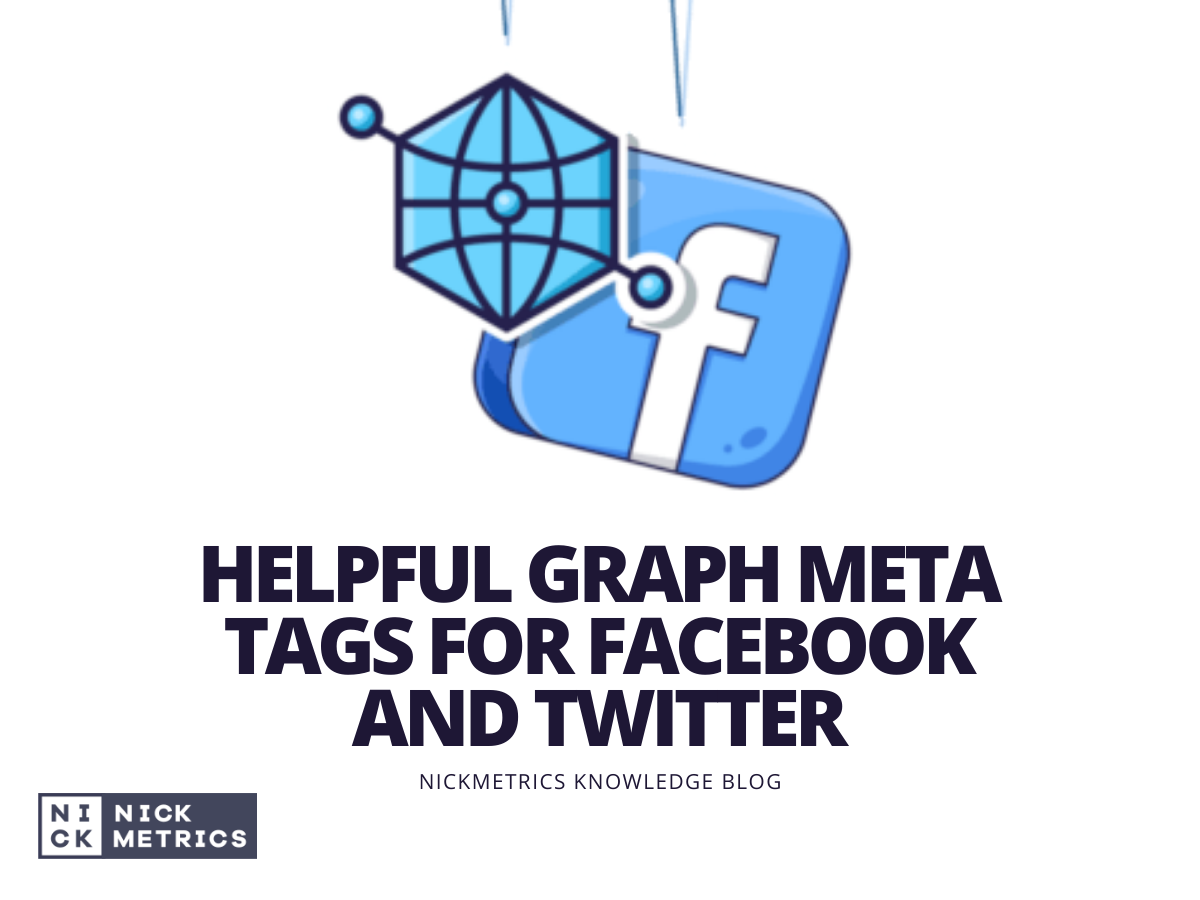
ENTER YOUR EMAIL ADDRESS
Follow Us

Facebook and Twitter Open Graph tags help your website show up in the social media feeds. It is essential as it gives users reasons to click on your site and visit it. You can use these tags for various purposes, such as:
It will go over different types of open graph meta tags that are available.
There are four different types of open graph meta tags: images (ofimage:), videos (og:video), titles (og:title) and descriptions (og:description). Each type has its purpose. For instance, og:-image: is used to preview an image, and og:-video: provides video previews.
The ofimage: tag supports the following types of images – jpg, jpeg, gif, or png. You can add multiple tags for different sizes by adding ‘s’ after the style; this specifies that it should be scaled down when posted on Facebook according to its pixel size in pixels per inch ratio concerning the screen resolution.
The og: video tag is used to share a preview of your videos on social media, and it supports MPV or WebM formats. You can specify both width and height parameters for the preview image shown by adding “w” or “h,” respectively; this corresponds to maximum dimensions of what should appear within the feed when someone clicks on it.
Both titles and descriptions are important because they provide more information about your site and help people decide whether they should click on it. You can write either one or both of these tags, but the content in each tag should be different.
The Facebook Open Graph protocol has five types of open graph meta tags that are used for various purposes: og:-image, og:-video, ogsitelink, oglocale, and ogres-. The following information will discuss how these are typically used.
For Twitter, og: image and onsite link are the two types you need to put into open graph meta tags for Twitter feeds. As with Facebook, if there are any links embedded within a said image, such as Twitter handles (@username), then include -oghrefs-incontent=true or ‘ogp:’ before the URL that it embeds them instead of just providing a link back to its original website. Lastly, add an ‘image parameter with the URL and size parameters specified as part of the URL, found in the OpenGraph protocol. The final thing you should do is change the ‘og:’ to “Twitter.”
This post discussed how to use Facebook and Twitter meta tags for social media posts. Open graph meta tags are a powerful way of providing context around what you’re sharing, along with helpful additional information in determining whether or not they want to engage further.
Tags: Meta tags, Open Graph